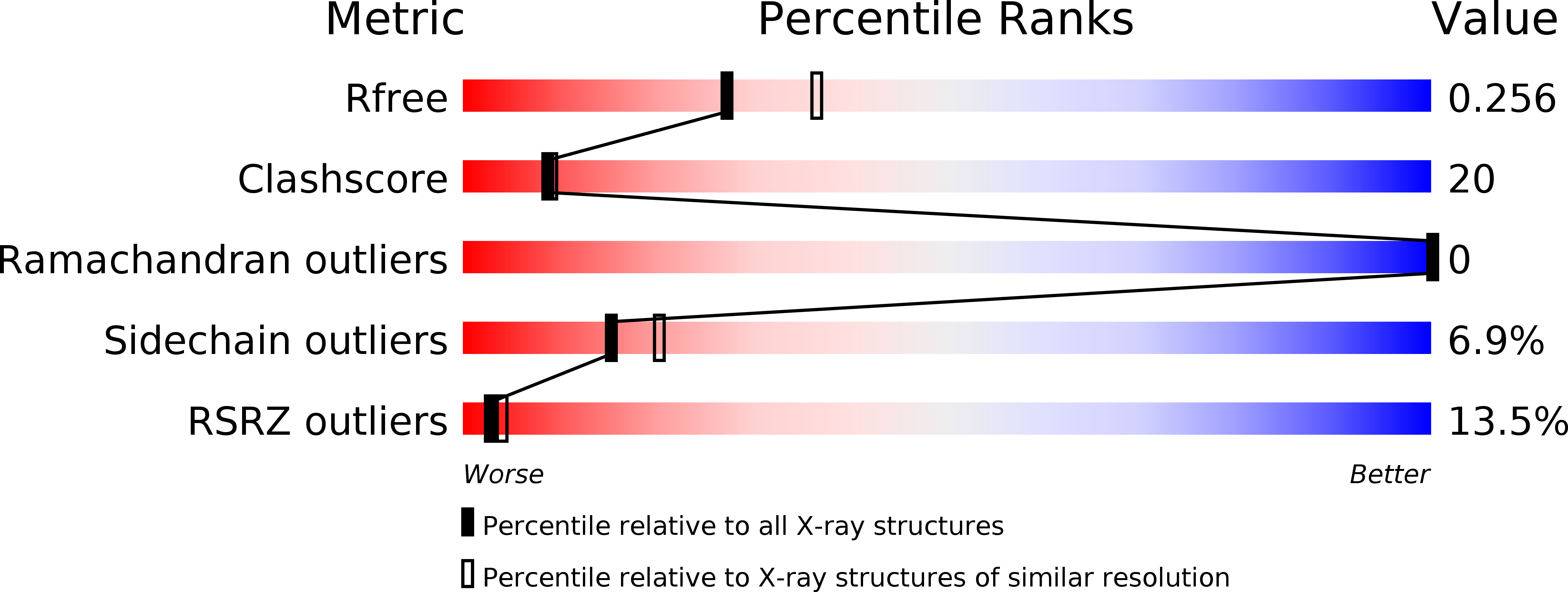
Deposition Date
2005-11-14
Release Date
2006-06-27
Last Version Date
2024-02-14
Method Details:
Experimental Method:
Resolution:
2.30 Å
R-Value Free:
0.26
R-Value Work:
0.23
R-Value Observed:
0.23
Space Group:
C 1 2 1


